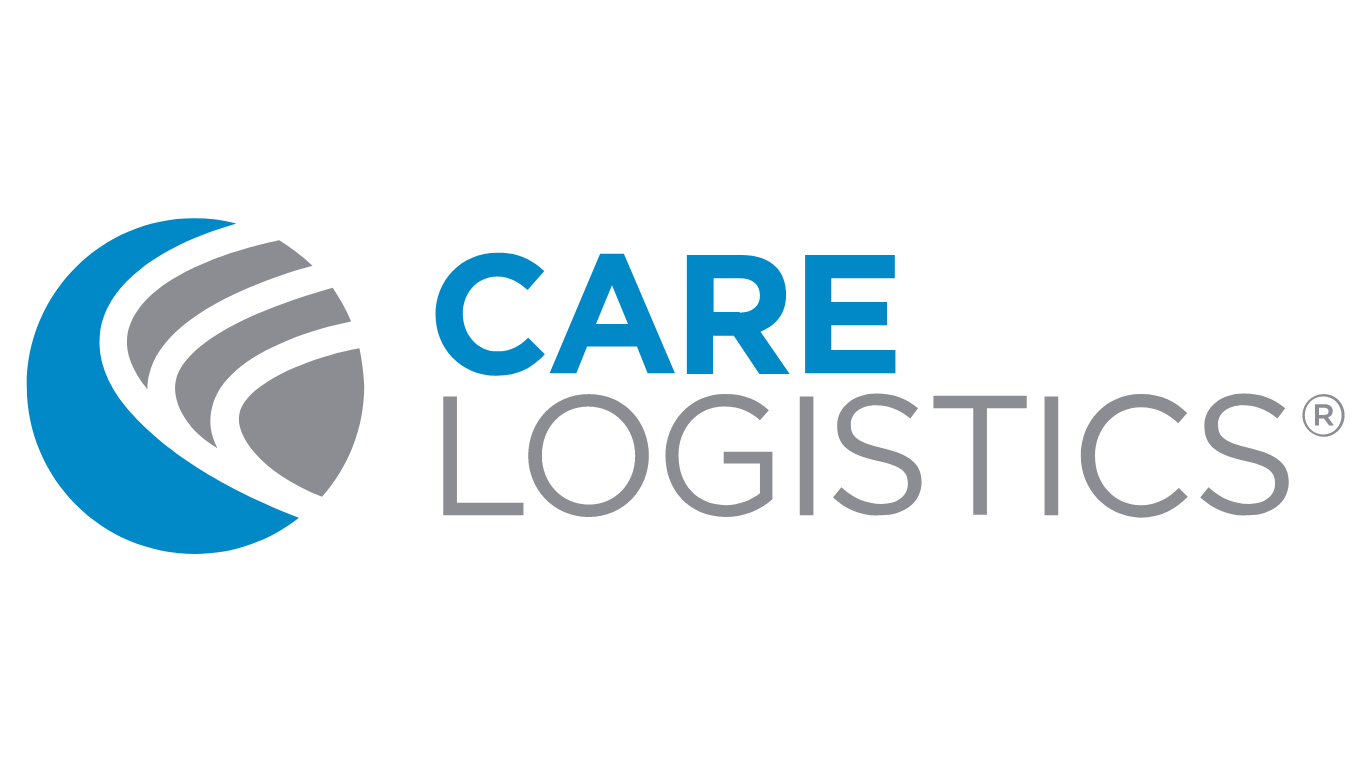Whack-NO-More (The Sequel): Finding and Fixing Root Causes in Healthcare Operations
Recently, we discussed how operational challenges can feel like a game of whack-a-mole – solve one problem, and another pops up somewhere else. Many healthcare leaders find themselves addressing the same issues repeatedly, applying quick fixes that provide temporary relief but fail to prevent recurrence. This cycle isn't just frustrating; it's costly in terms of resources, staff morale, and ultimately, patient care quality.
The Problem with Just “Problem-Solving”
Traditional approaches to operational challenges often focus on treating symptoms rather than underlying causes. When a department experiences delays, the immediate response might be to add staff or adjust schedules. When patient satisfaction scores dip, the solution might be to implement new service protocols. While these responses can provide short-term improvements, they rarely address the fundamental issues driving these problems.
An example many organizations can relate to: A hospital consistently struggles with emergency department throughput and boarding. The obvious solution might be to add more beds or staff. However, deeper analysis often reveals that the real issues lie in complex interconnections between departments – perhaps inefficient discharge processes on inpatient units, delayed diagnostic results, or suboptimal care coordination. Without identifying and addressing these root causes, any surface-level solution will eventually fail.
The Power of Multi-Dimensional Analysis
Getting to the root of operational challenges requires a comprehensive view that combines historical data, real-time information, and predictive analytics. This multi-dimensional approach allows healthcare organizations to:
Identify patterns and trends that might not be apparent in day-to-day operations
Understand the ripple effects of processes across different departments
Anticipate potential problems before they impact operations
Develop solutions that address fundamental causes rather than symptoms
For example, when analyzing patient flow issues, looking at historical data might reveal seasonal patterns in admission rates. Real-time monitoring could show current bottlenecks in the system. Predictive analytics might forecast potential capacity issues based on community health trends or upcoming local events. Together, these perspectives provide a complete picture that enables more effective problem-solving.
Moving from Reactive to Proactive Management
The ultimate goal isn't just to solve problems more effectively – it's to prevent them from occurring in the first place. This requires shifting from a reactive to a proactive management approach within your organization’s operational design. Key elements of this transition include:
Establishing early warning systems that flag potential issues before they become critical
Implementing regular process reviews to identify and address inefficiencies
Creating feedback loops that ensure continuous improvement
Developing standardized procedures that reduce variability and risk
This proactive stance doesn't just improve operational efficiency; it also enhances staff satisfaction by reducing crisis management and allowing more time for patient care and strategic initiatives.
The Role of Technology in Root Cause Analysis
While technology alone can't solve operational challenges, the right solutions can provide crucial support in identifying and addressing root causes. Care Logistics stands out in this space by offering comprehensive operational solutions that go beyond simple data collection and documentation. By combining historical analysis, real-time monitoring, and predictive capabilities with actionable recommendations, CareEdge™ by Care Logistics helps healthcare organizations hard-wire lasting improvements to their daily operations.
Through this integrated approach, hospitals and health systems can move beyond the cycle of recurring problems to achieve sustainable operational excellence. The result is not just better metrics, but better healthcare delivery for the communities they serve.


